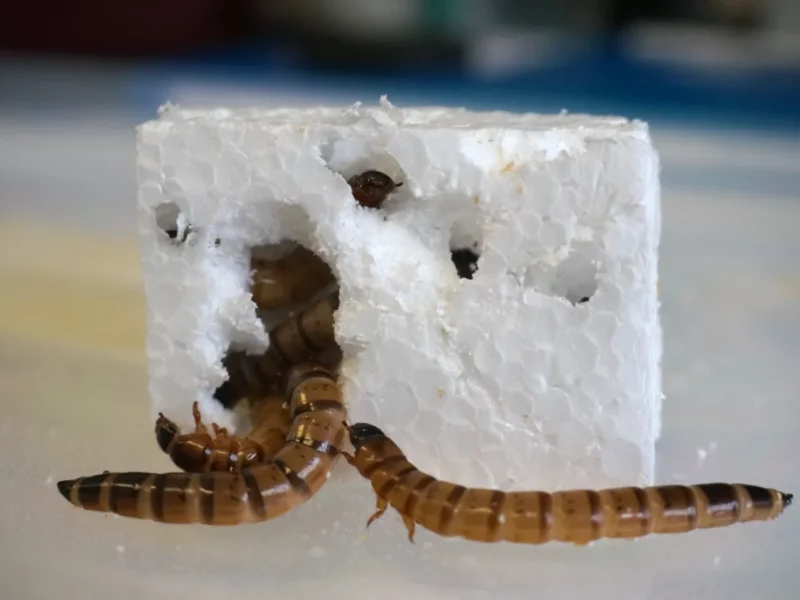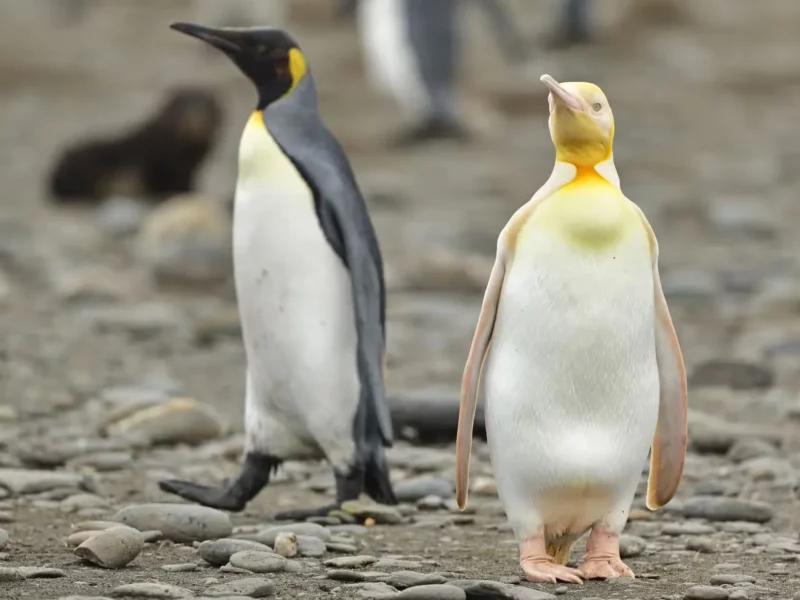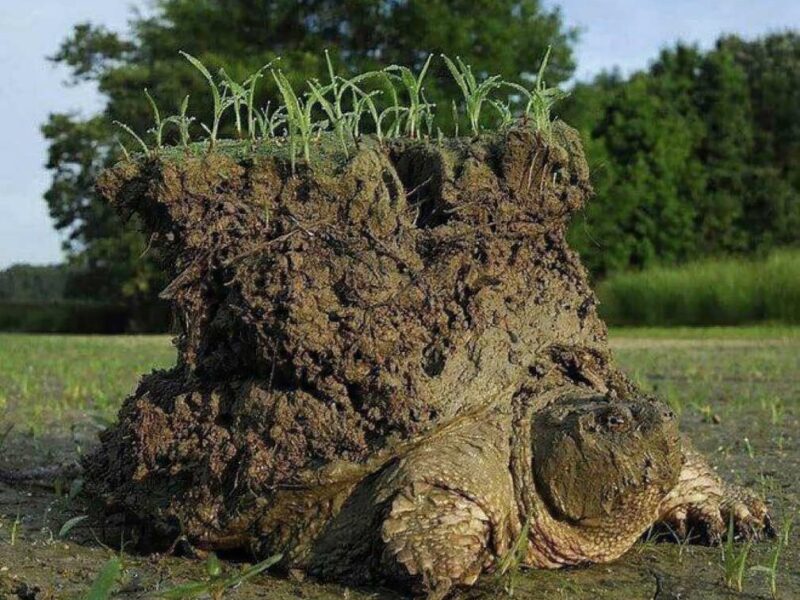
Opossums, those seemingly unassuming creatures, possess an astonishing ability to resist the venom of dangerous snakes, such as rattlesnakes and coral snakes. The extent of their resistance, though not precisely quantified at 80 bites, is notable due to the fascinating biological mechanisms they employ. These marsupials have evolved unique traits that set them apart from other animals in their ability to withstand snake venom.
At the heart of their resilience lies a remarkable protein known as Lys49-phospholipase A2. This protein plays a crucial role in neutralizing the venom of specific snake species, making opossums less susceptible to the toxic effects that would prove fatal to many other creatures. The exploration of this biological phenomenon by scientists has revealed the intricate details of the opossum’s defense mechanisms against snake venom.
Researchers are delving into the intricacies of the opossum’s biological makeup to unravel the secrets behind their resistance. This is not merely a scientific curiosity; it has practical implications that extend to the realm of medicine. The study of opossums has opened up new avenues for the development of potential antidotes for poisonous snake venoms, particularly those from rattlesnakes. The opossum’s unique physiological features are serving as a source of inspiration for scientists striving to create effective countermeasures against snake bites.
The fact that opossums have become unwitting contributors to scientific progress underscores the interconnectedness of the natural world and the potential benefits that can arise from studying seemingly ordinary creatures. From the forests and fields where opossums roam, a potential antidote for venomous snake bites is emerging, thanks to the extraordinary adaptations these marsupials have developed over time. It’s a testament to the richness of nature’s secrets waiting to be uncovered and the potential for unexpected discoveries to yield practical applications for the benefit of both human and animal well-being.
Text credit: Earth Unreal





